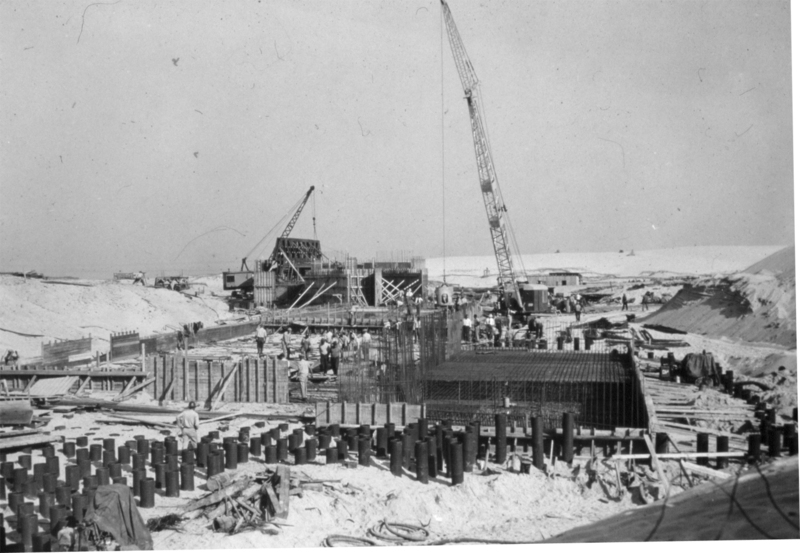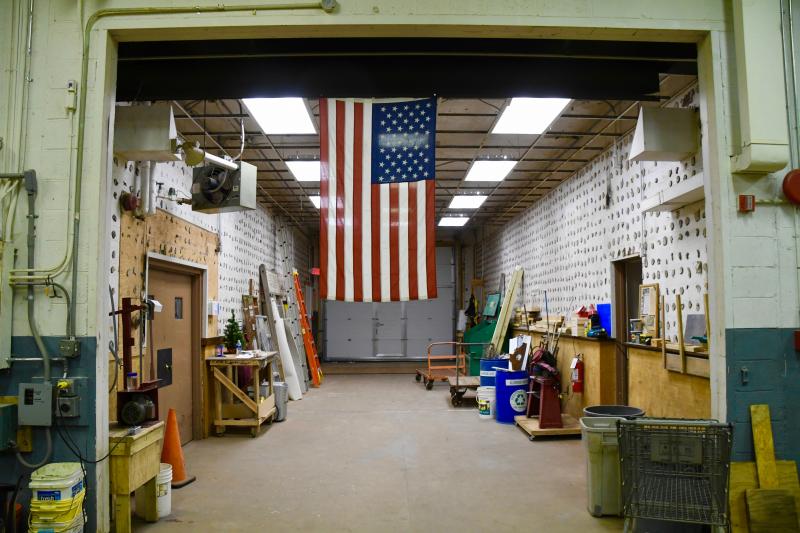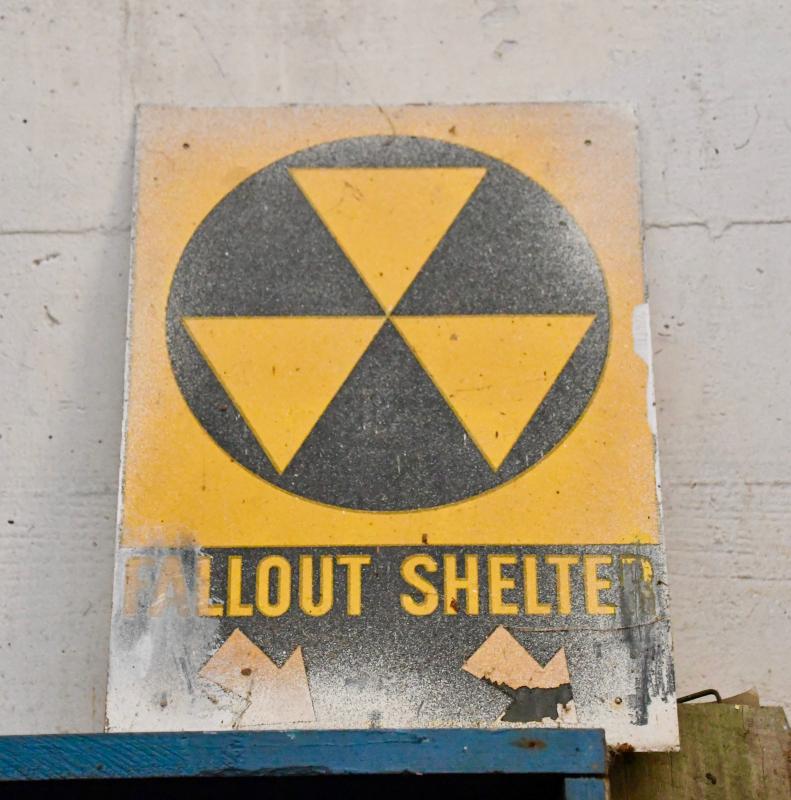History goes underground at Fort Miles
Sussex County has a hidden history that played a vital role during World War II. There are 16 underground bunkers throughout Cape Henlopen State Park near Lewes that were part of Fort Miles.
Fort Miles became a military city serving as home to more than 2,200 soldiers and 250 buildings. Its mission was to protect the coastline during World War II.
While the U.S. Army occupied the fort from the late 1930s until the war ended in 1945, the U.S. Navy had a much longer presence at the fort for about 20 years from the early 1960s into the 1980s.
Four of the bunkers – Battery 519, Battery Smith, Battery Herring, Battery Hunter – served as artillery emplacements. Battery 519 is now a museum, but the other three bunkers are not open to the public.
Battery Herring is the most visible of all the bunkers. It's served as a gun emplacement, a top-secret missile testing site and a Russian submarine listening post.
During World War II, the battery overlooking the Atlantic Ocean was buried under 10 feet of sand with two 6-inch guns on either side. Located adjacent to Herring Point parking lot, it looks nothing like it did more than 75 years ago.
The battery was placed into action on Aug. 31, 1943, after a year of construction. When Fort Miles was closed after the war, in December 1945, the military used the area around Battery Herring as a top-secret Bumblebee missile testing site. For two years, dozens of missiles were fired over the Atlantic Ocean from atop Herring Point.
The bunker was vacant until 1962, when the U.S. Navy purchased 626 acres of the fort to construct a top-secret Cold War facility to spy on Russian submarines. One of several Sound Surveillance System facilities, Naval Facility Lewes started operations in 1961.
The sand was removed from atop Battery Herring, and a terminal equipment building was constructed in front of the battery, which served as the terminus for the underwater cable placed along the coast to aid in surveillance of Russian subs. The battery was used to house a generator to operate the terminal equipment building.
The Navy placed a cable 104 miles out to sea equipped with 40 hydrophones, or underwater microphones, to detect and determine Russian submarine positions.
Battery Smith and Battery Hunter were also used by the Navy. In addition, the Navy constructed a two-story headquarters facility, which is now the Biden Center.
The battery was abandoned again in 1981. Over the past 15 years, state park staff have made the bunker more secure, with plans to possibly restore and open the bunker to the public.
Battery Smith is fort’s largest
Battery Smith, the largest of Fort Miles’ bunkers, is still used today as a Delaware State Parks storage facility and as a workshop for the Fort Miles Historical Association Bunker Busters. Battery Smith housed two 16-inch guns during the war. Construction by the Army Corps of Engineers began in early 1941 and was completed in October 1942.
When the U.S. Navy took over, Battery Smith was used for office space and also had a movie theater and fitness center.
Battery 519 is museum
Battery 519, which housed two 12-inch guns relocated there from Fort Saulsbury near Slaughter Beach, is the home of the Fort Miles Museum. Since 2003, the Fort Miles Historical Association and Delaware State Parks have worked in partnership to transform the 15,000-square-foot bunker, which was in deplorable shape, into a showcase.
Exhibits not only provide a look at coastal defenses, they also portray the daily life of the soldiers and civilians who were stationed there.
The museum also has World War II bookends artifacts, including a 16-inch gun barrel from the USS Missouri battleship where the Japanese surrendered to end the war, and a unique Oil Still Bleeds exhibit containing a metal section of the USS Arizona, which was sunk during the attack on Pearl Harbor to start the war.
The museum contains artwork by Howard Schroeder, who was stationed at Fort Miles from 1942-43, and Paul Rendel, a local military aircraft artist with a national following. The association and state parks also sponsor living history events. But that's just the start of what the museum has to offer.
Go to destateparks.com/FortMiles or fortmilesha.org for more information.


























































